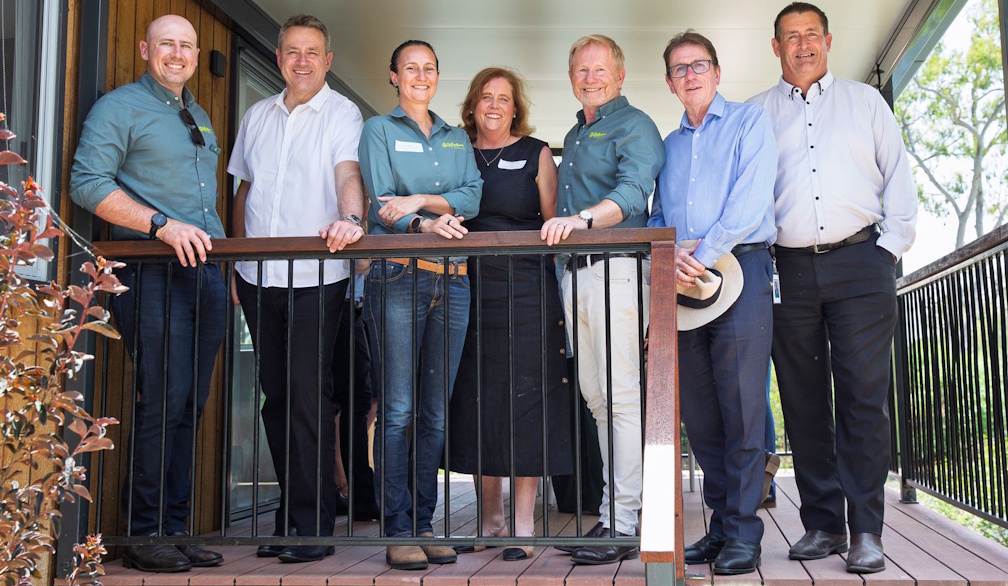What’s the best way to ease rents and improve housing affordability? We modelled 4 of the government’s biggest programs
- Written by Jason Nassios, Associate Professor, Centre of Policy Studies, Victoria University
This article is part of The Conversation’s series examining the housing crisis. Read the other articles in the series here[1].
Australian state and federal governments spend money in many ways to ease rental stress and get more Australians into home ownership. Four of the most prominent are:
Our team at Victoria University’s Centre of Policy Studies has modelled the economic impact of each of them in a way that allows their outcomes to be compared[2].
The bad news is that we’ve found none of the four can simultaneously lift affordability for renters, lift affordability for owners, get more Australians into home ownership, and boost economic efficiency.
The good news is we’ve found a mix that could work well.
We used Victoria University’s regional economic model to compare the effect of spending an extra A$500 million on the variant of each of the programs presently available in Victoria.
To better assess the economic impact, we assumed the extra $500 million was paid for by an increase in taxation.
Grants and shared equity
We found first homeowner grants improve affordability for owners, slightly improve affordability for renters, and slightly increase home ownership rates, but come with a heavy economic cost.
The cost to economic efficiency[4] amounts to about 20 cents for every dollar spent. Economic efficiency measures the extent to which inputs such as labour, land and capital are allocated to their most valuable uses.
Importantly, that 20 cents in the dollar cost is the economic cost of the spending, not the cost of raising the revenue to fund it.
With the average economic cost of state government taxation in the vicinity of 30 cents[5] per dollar raised, that means every extra dollar raised to be spent on a first home buyer grant has an economic cost of about 50 cents, making it an economically expensive way to get people into homes.
Shared equity schemes in which the government part-owns a home with a buyer have similar costs, but are better at getting people into their own homes.
Stamp duty discounts
Our modelling finds that stamp duty discounts for first home buyers have an economic benefit. This is because stamp duty is an extraordinarily inefficient tax that makes it harder for people to move[6].
Unfortunately, the model also finds stamp duty discounts will make home ownership even less affordable by pushing up property prices, and make it only slightly easier for the first home owners able to get the discounts.
Rent assistance
Rent assistance is delivered by the Commonwealth rather than states to Australians in receipt of Commonwealth benefits.
Our study finds its economic costs are low, just 5 cents for every dollar spent, meaning that raising extra tax and spending it on rent assistance should have a total economic cost of about 35 cents for each dollar raised and spent.
We find it has a significant effect in making rent more affordable, but causes home ownership rates to fall, because it tips the balance for financially strained households in favour of renting rather than buying.
What works best
If making shelter more affordable for low-income earners is the number one priority, by far the best way to do it is to boost rent assistance.
While the benefits come at the expense of home ownership, for the renters receiving them, they are worth having.
But rent assistance is federally administered. For a state government, the best way to help both owners and renters at the lowest economic cost appears to be a mix of two thirds first home buyer grants and one third stamp duty discounts.
Our modelling suggests such a blend would have a negligible impact on economic efficiency and home affordability, while allowing more owners to rent and, as a result, make renting more affordable.
However, it would be costly. From a national perspective, the same improvement in rental affordability could be achieved for less than one-tenth the financial cost if the Commonwealth were to fund additional rent assistance.
If nothing else, our modelling proves these decisions are difficult.
No single tool is perfect, but using the right mix of them can help – all the more so if the states and Commonwealth can work together. Our estimates can help.
Read more: The Help to Buy scheme will help but won't solve the housing crisis[7]
References
- ^ here (theconversation.com)
- ^ to be compared (www.copsmodels.com)
- ^ Shutterstock (www.shutterstock.com)
- ^ economic efficiency (www.investopedia.com)
- ^ 30 cents (www.copsmodels.com)
- ^ harder for people to move (theconversation.com)
- ^ The Help to Buy scheme will help but won't solve the housing crisis (theconversation.com)
Authors: Jason Nassios, Associate Professor, Centre of Policy Studies, Victoria University











